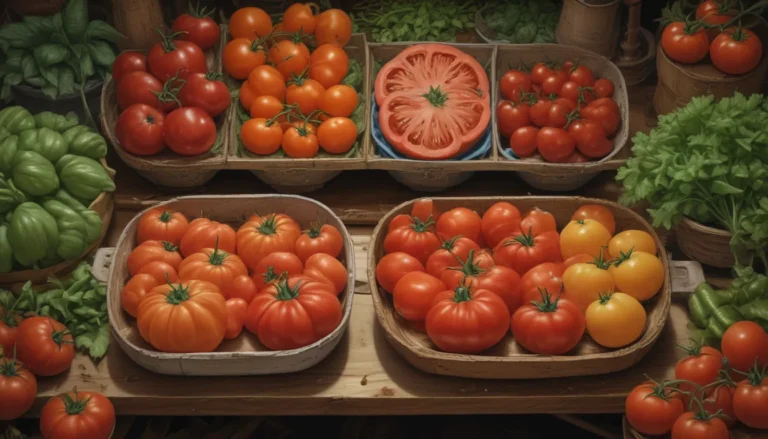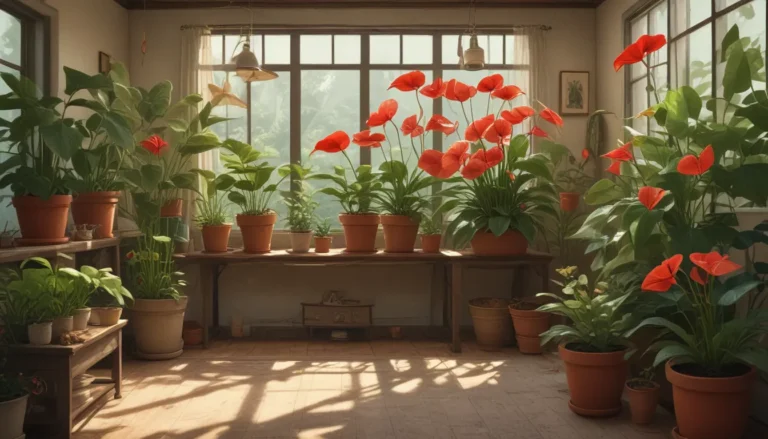Comprehensive Guide to Growing and Caring for Rhododendrons

Rhododendrons are truly a remarkable plant with their riot of vibrant colors and varied sizes and leaf shapes. They are incredibly versatile, tolerating diverse growing conditions from shade to full sun, and various soil types. Whether you have hot, dry soil or soggy, cool earth, there’s a rhodie that will work for you. In this guide, we will delve deep into the intricacies of cultivating and caring for these marvelous rhododendrons. Here’s what you can expect to learn:
What You’ll Discover
- Cultivation and History
- Propagation
- How to Grow
- Growing Tips
- Pruning and Maintenance
- Cultivars to Select
- Managing Pests and Diseases
- Best Uses
- Quick Reference Growing Guide
Rhododendrons have a rich history dating back to as early as the 16th century when they were first classified by a Flemish botanist, Charles L’Ecluse. These plants can be found across the globe, from China and Japan to Europe and North America, showcasing their adaptability and resilience. With thousands of species and cultivars available, ranging from petite blooms to massive bushes, the world of rhododendrons offers a plethora of options for every gardener.
How to Grow Rhododendrons
Rhododendrons thrive in USDA Hardiness Zones 5-8, with some species able to survive in Zones 4 and 9 as well. They are evergreen, producing stunning flowers during the early summer months. These plants prefer acidic soil with a pH between 4.5 and 6.0. If your soil is too alkaline, you can amend it using products like sulfur to create the ideal growing conditions.
A perfect location for rhododendrons would be an area that receives some morning sun, dappled shade in the afternoon, and protection from harsh winds. Slopes are ideal due to their good drainage properties. Additionally, rhododendrons need ample water, especially during their initial growth stages, but be cautious not to overwater them as it can lead to root rot.
Propagating Rhododendron Shrubs
Rhododendrons can be propagated from seeds, cuttings, or layering, depending on your preferences. Seeds should be sown in early spring in a seed-starting medium to kickstart the germination process. Cuttings can be taken in late summer or fall, while layering is a straightforward method involving pinning a branch to the ground until roots form.
Pruning and Maintenance
Rhododendrons boast a low-maintenance demeanor, with no deadheading required to stimulate blooming. While pruning for shape or rejuvenation is possible, these hardy plants can withstand significant trimming. Regularly check for any signs of pests or diseases like aphids, leafhoppers, or black vine weevils, and take appropriate action to manage them effectively.
Rhododendron Cultivars to Select
Selecting the right cultivar is crucial based on your location, climate, and space availability. Cultivars like ‘America’ and ‘Nancy Evans’ offer spectacular colors and growth habits suitable for different landscapes. Consulting with local rhododendron experts can help narrow down the options and choose the perfect cultivar for your garden.
Best Uses for Rhododendron Flowers
Rhododendrons serve a variety of purposes in the garden, from creating accent walls to foundation plantings or container displays. Their vibrant blooms make them an excellent choice for mass plantings or borders, adding a pop of color to any landscape.
Quick Reference Growing Guide
Plant Type: Woody flowering shrub
Native to: Asia, Europe, North America
Hardiness (USDA Zone): 4-9
Bloom Time: Spring, summer
Exposure: Full sun, partial sun, partial shade
Soil Type: Organically-rich, well-draining
Soil pH: 4.5-6.0
Height: Up to 30 feet
Spread: Up to 40 feet
Water Needs: Moderate-high
By following these comprehensive guidelines, you can transform your garden into a stunning display of rhododendrons. Remember to provide the ideal growing conditions, regular maintenance, and proper care to ensure your rhodies flourish and bloom beautifully year after year.
In conclusion, rhododendrons are not just shrubs. They are living works of art that can elevate any garden to new heights of beauty. So, plant them with care, nurture them with love, and watch your garden bloom into a masterpiece of colors and vibrancy. Let rhododendrons be the crown jewel of your gardening endeavors. Happy planting!





